Aerial work platforms are sophisticated, powerful, and safe – when used correctly. But that's precisely where the problem lies:
Many mistakes aren't made out of ignorance, but rather out of routine, time pressure, or simply carelessness. And that's precisely what makes them so dangerous.
In this article, you'll find the ten most common mistakes—not just a list, but real warning signs from real-life situations. If you work with a stage, you should be aware of every single one.
The 10 most common mistakes when using work platforms
1. No training – no control
“I’ll drive this thing somehow.”
A phrase we unfortunately hear again and again. But a platform is not a forklift, not a transporter, and certainly not a toy. Anyone who starts without training won't know how the emergency lowering works, which levers do what, or what happens with a side load.
Reality: Most serious accidents occur to people without valid training or instruction on the device.
Rule: No SYSTEM CARD, no stage. Simple as that.
2. No security – no protection
The anchor point is there. The harness is there, too. And yet no one is secured.
Because it's "just for a moment," because the belt is annoying, or because you just never do it. Anyone who thinks like that hasn't understood the principle: PPE doesn't protect you when you think about it—it protects you when you're caught off guard.
Remember: Without a seatbelt, a small tug is enough and you're out.
3. The basket is full – but nobody counts
Three people in the basket. Two buckets of paint. A toolbox. And no one knows how much it weighs.
What happens? The center of gravity shifts, and the system becomes unstable – especially when projecting sideways. Many platforms tip over not because they are poorly constructed – but because there's simply too much going on up top.
Rule of thumb: basket load = sacred. And even distribution is not an option, but a requirement.
4. The floor is “okay” – until it isn’t anymore
Concrete slab, slight slope, no problem, right?
Yes. That's exactly where stages tip over . Because someone underestimated the slight incline, forgot to put a base plate under the support – or because the ground simply sinks in the rain.
In plain language: If the ground is not 100% stable and level, every centimeter becomes a risk.
5. Without an eye for dangers = working blind
You drive backwards, the swivel arm comes up – and suddenly the stage is wedged between the steel girder and the hall ceiling.
This isn't happening because you're incompetent. It's happening because no one checked the area beforehand. No visual inspection. No coordination. No plan.
Better: Visit the construction site, identify hazards, and record them. Don't react – know in advance.
6. The wind is there – but you still stay up
Wind force 6 doesn't sound bad – but at a height of 15 meters it feels different.
The basket begins to swing, material tilts, and the arm drags. What looks harmless below quickly becomes dangerous above.
Limit according to EN 280: maximum 12.5 m/s – that is, wind force 6. Above that: abort the mission. No discussion.
Mobile elevating work platforms (MHAPs) are generally designed for a maximum wind load of 6 Beaufort according to EN 280!
| Strength | Designation | Effects | m/sec from | m/sec to |
|---|---|---|---|---|
| 0 | calm | Smoke rises vertically. | 0 | <1 |
| 1 | Quiet train | Smoke indicates wind direction. | 0.3-1.5 | 1-5 |
| 2 | Light breeze | Leaves move slightly. | 1.6-3.3 | 6-11 |
| 3 | Light breeze | Leaves and thin branches move. | 3.4-5.4 | 12-19 |
| 4 | Moderate breeze | Small branches move. | 5.5-7.9 | 20-28 |
| 5 | Fresh breeze | Trees begin to sway. | 8.0 | 10.7 |
| 6 | Strong wind | Larger branches move. | 10.8-13.8 | 39-49 |
| 7 | Strong wind | Trees sway. | 13.9-17.1 | 50-61 |
| 8 | Stormy wind | Trees are uprooted. | 17.2 | 20.7 |
| 9 | Storm | Significant damage to buildings. | 20.8-24.4 | 75-88 |
| 10 | Severe storm | Severe destruction. | 24.5-28.4 | 89-102 |
| 11 | hurricane-force storm | Devastating effects. | 28.5-32.6 | 103-117 |
| 12 | hurricane | Extremely dangerous. | 32.7 | >117 |
7. No distance – no room for error
Collisions do not occur when driving – but when swiveling, lifting or reversing.
If safety distances aren't maintained, a few centimeters are enough for a crash. Pipes, window frames, and overhanging beams are particularly treacherous.
Rule: Always work with room to maneuver – or with a guide. And if unsure, it's better to get out once than to take too many risks.
8. Use your gut feeling
“How hard can it be?” – Hard enough to not forgive mistakes.
Ignoring the operating manual, never testing the emergency lowering function, not understanding the driving mode – all of this comes back to haunt you in the field. The controls are more complex than expected, and what seems intuitive often leads directly to errors.
Better: Read the instructions. Get to know the device. Don't experiment.
9. Technology without maintenance – a ticking time bomb
When it squeaks, it's too late.
Maintenance is often postponed, especially with company-owned equipment. Hydraulics lose pressure, sensors fail, batteries die – but "the platform still runs." Until it doesn't. And you're caught in the middle of it.
Not an issue with BIBERGER: Every stage undergoes a technical inspection before delivery – with documentation. You can rely on that.
10. Head not in the task
Tiredness, hecticness, cell phone in hand – and suddenly the stage hits the wall.
The greatest source of danger is and remains human beings. Those who are distracted, stressed, or unfocused make poor decisions – and they do so with lightning speed.
Solution: Full concentration, no extra work in the basket. And if you're tired, get out. Safety comes before speed.
Conclusion: Technology protects you – but only if you think along
A cherry picker isn't risky. But it becomes one if you don't take responsibility seriously. Most mistakes don't happen because of ignorance—they happen because you've "done it so many times before."
Therefore:
- Those who think ahead work safely.
- Planning prevents accidents.
- And those who take responsibility protect themselves and others.


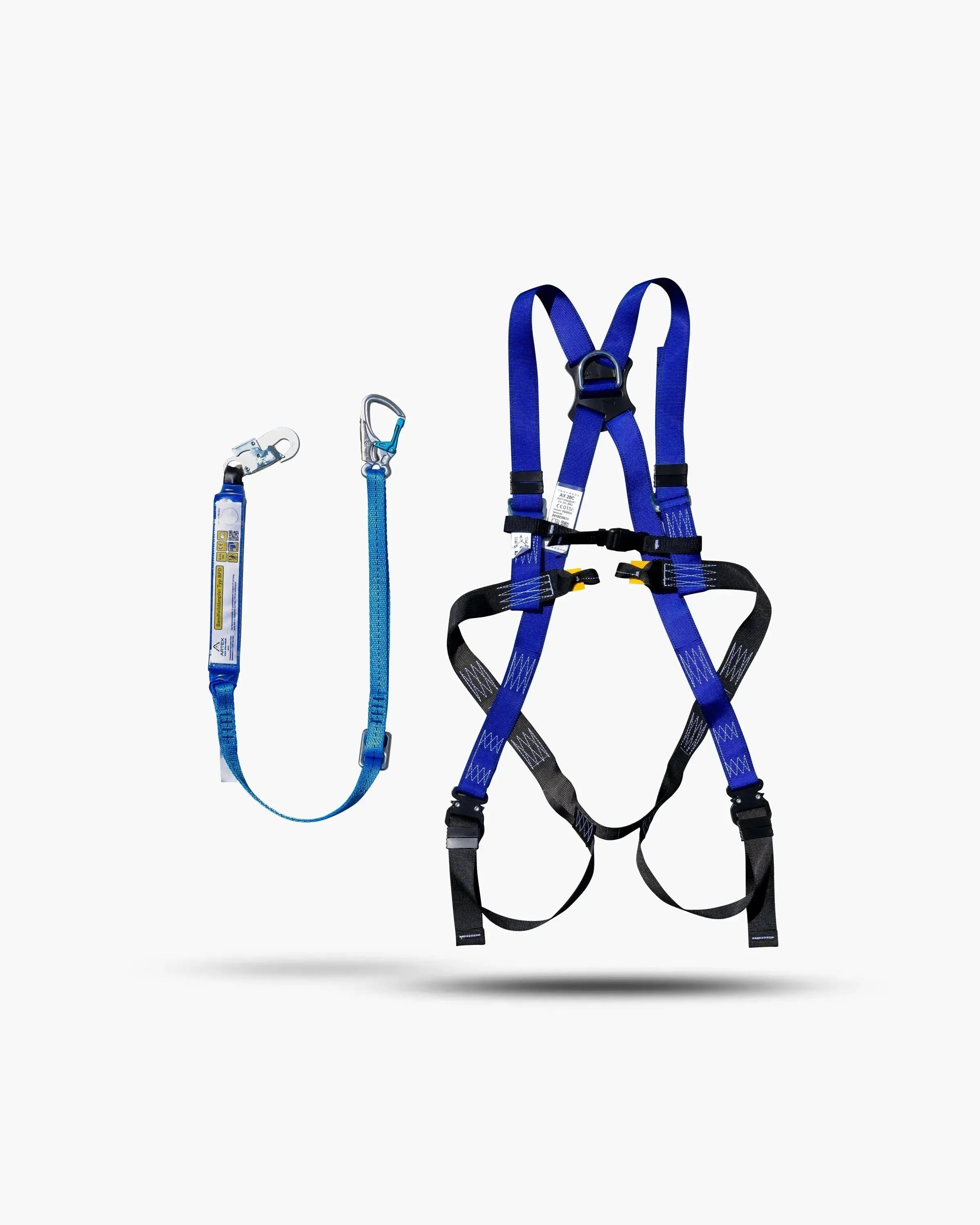


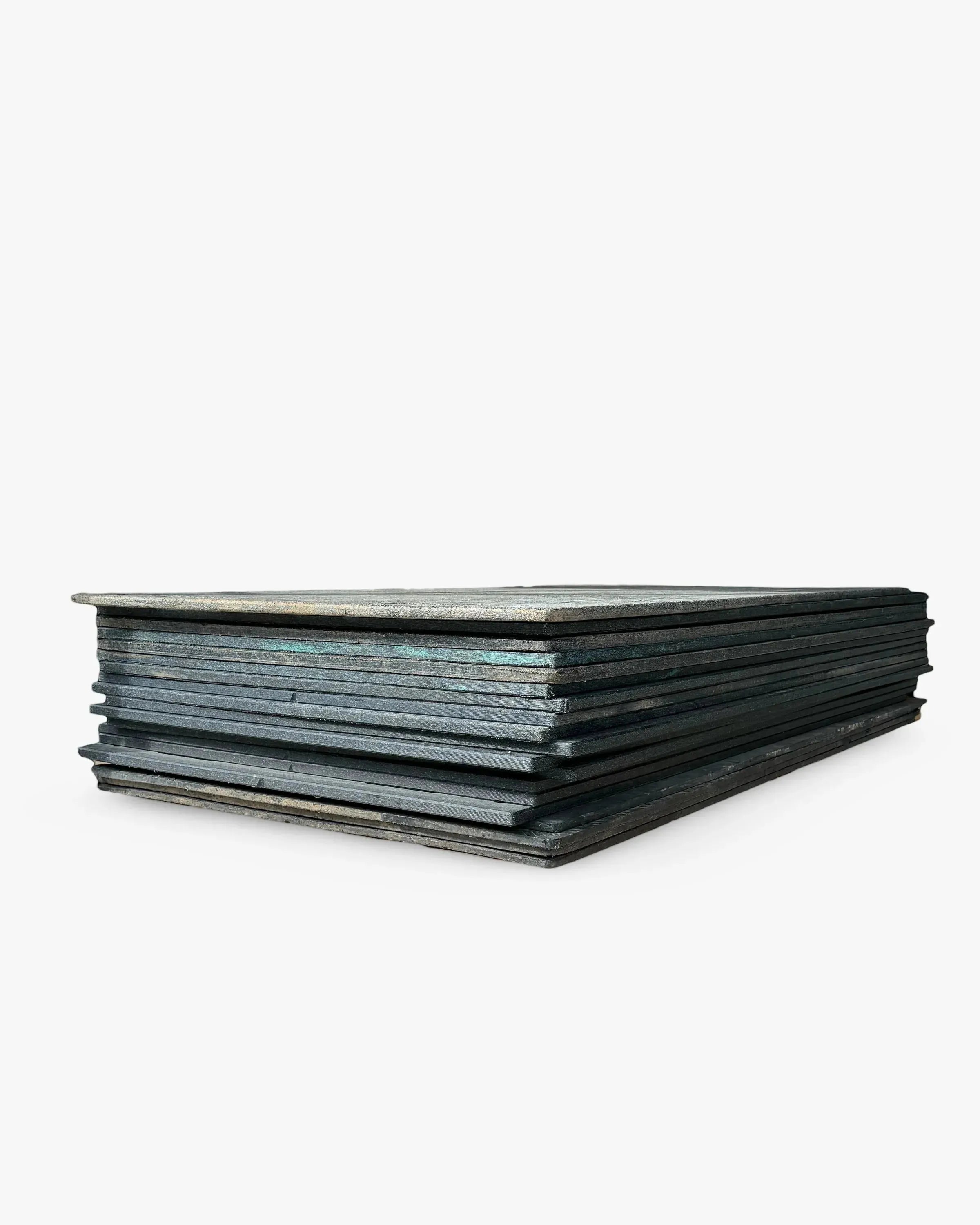

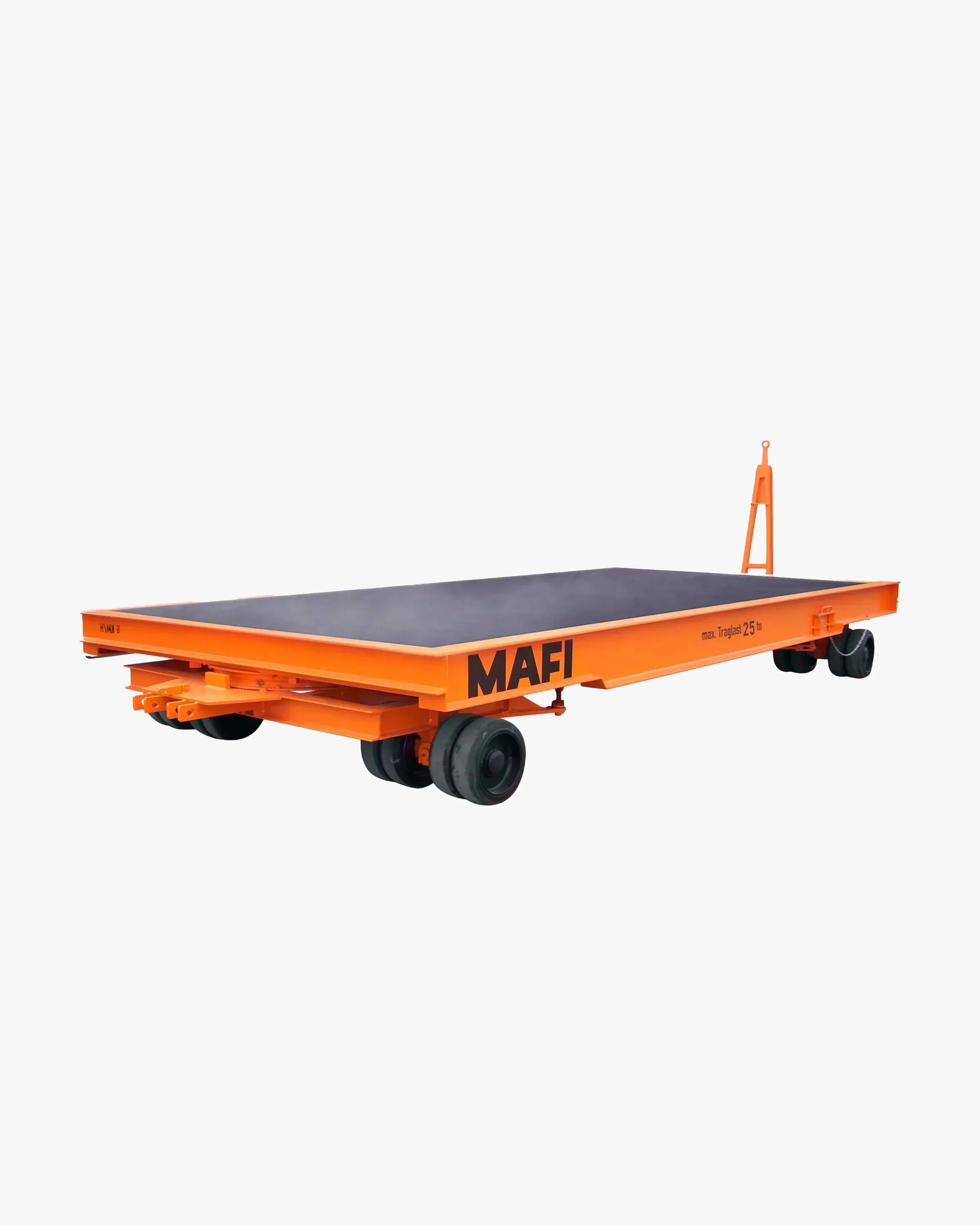
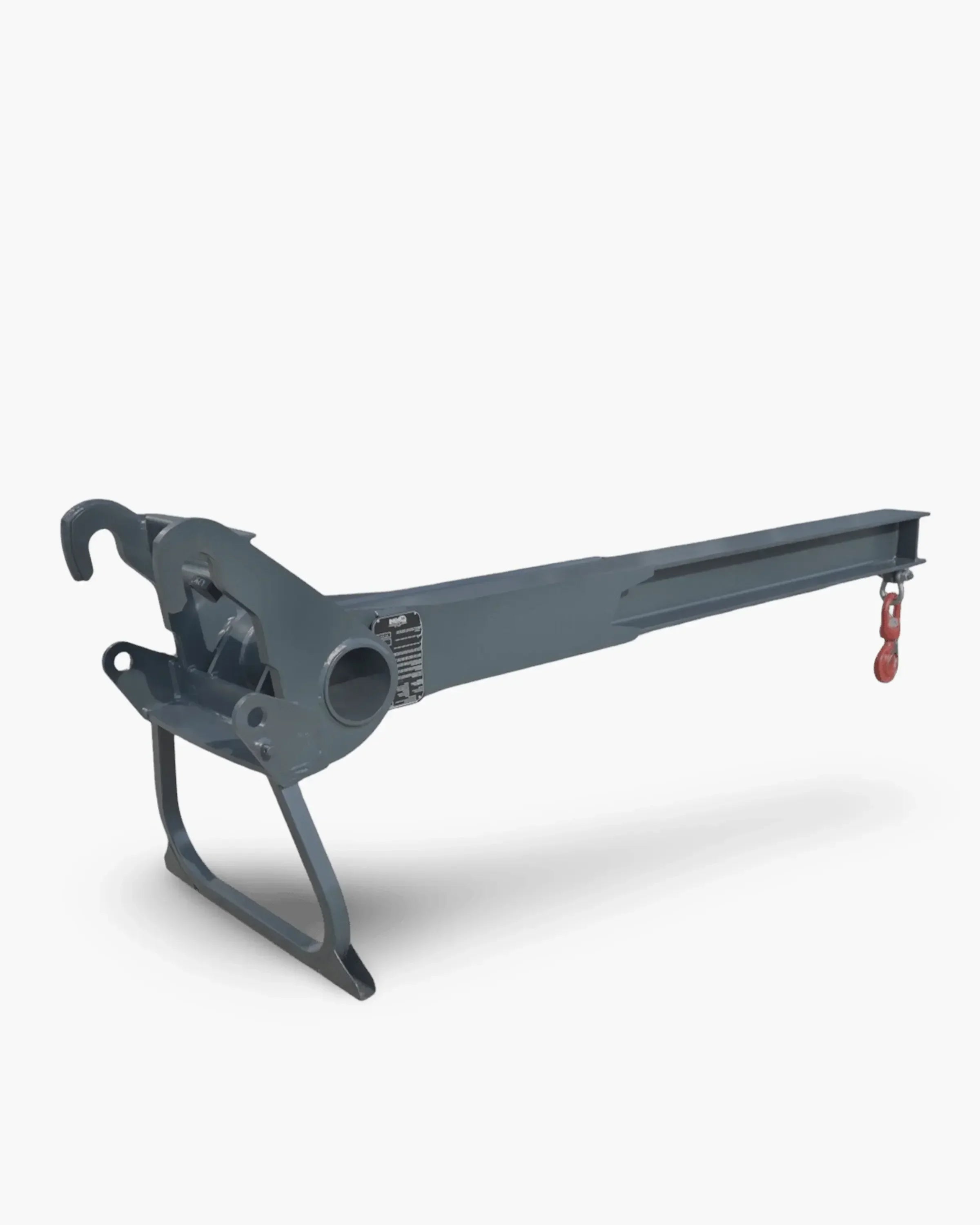
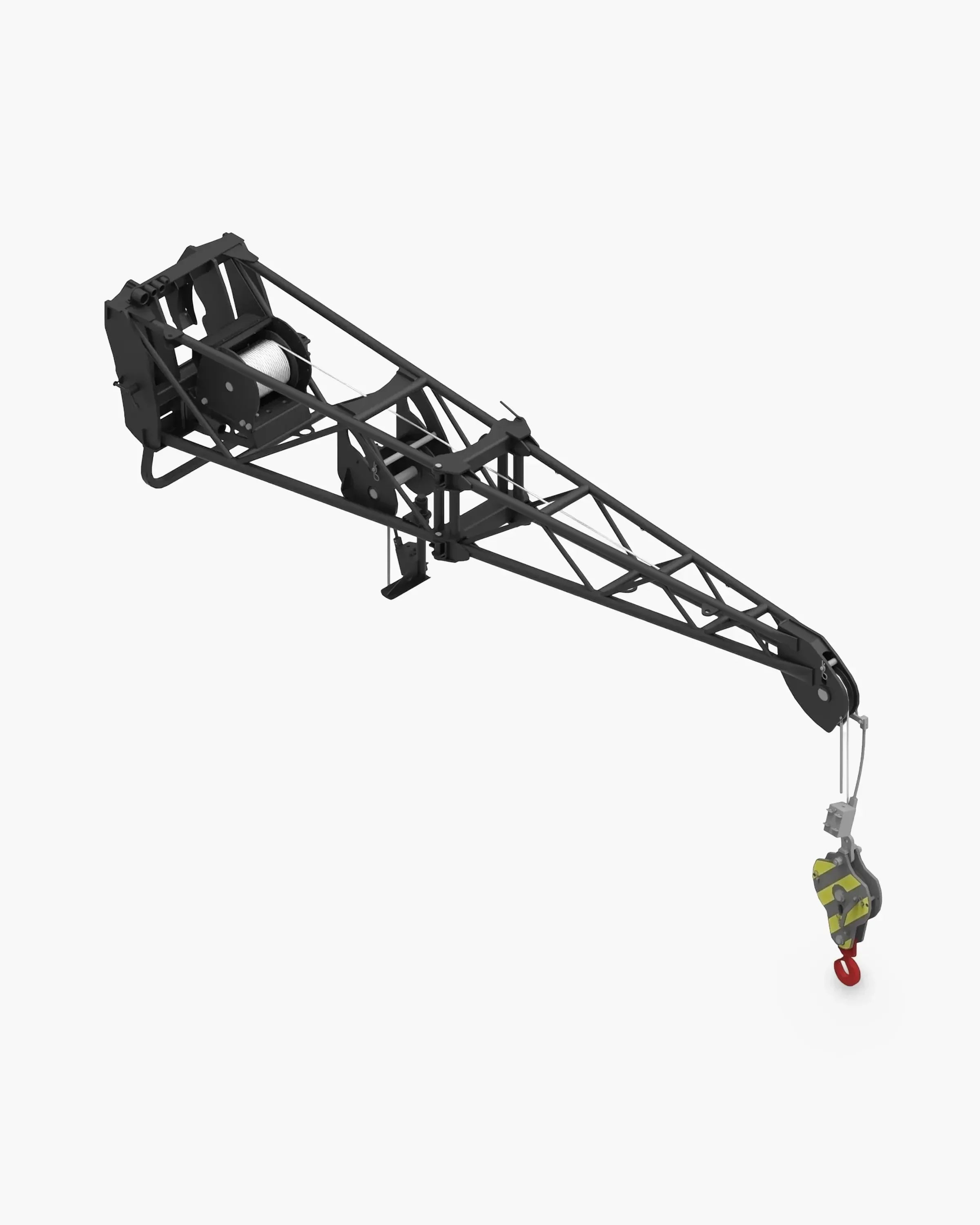
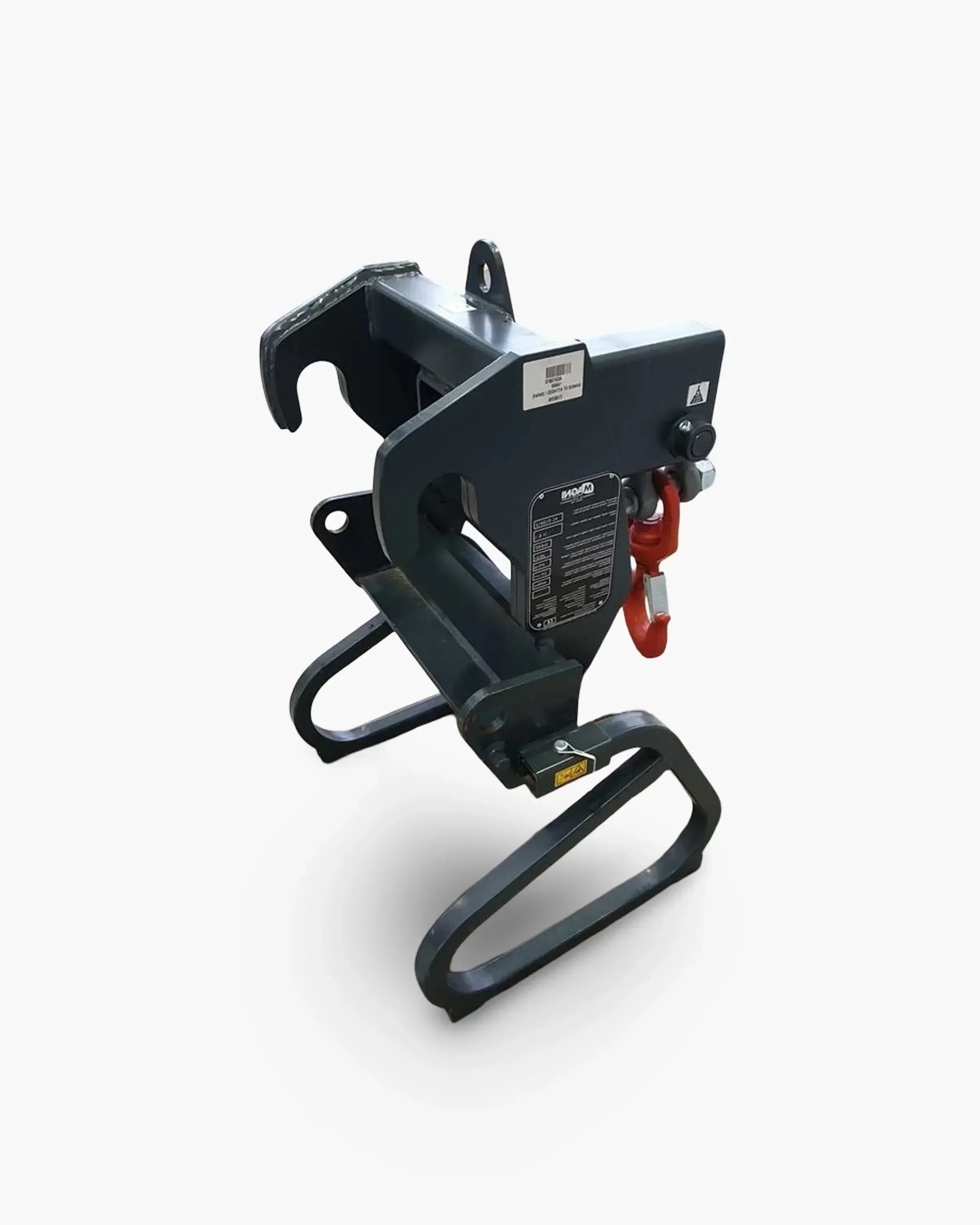

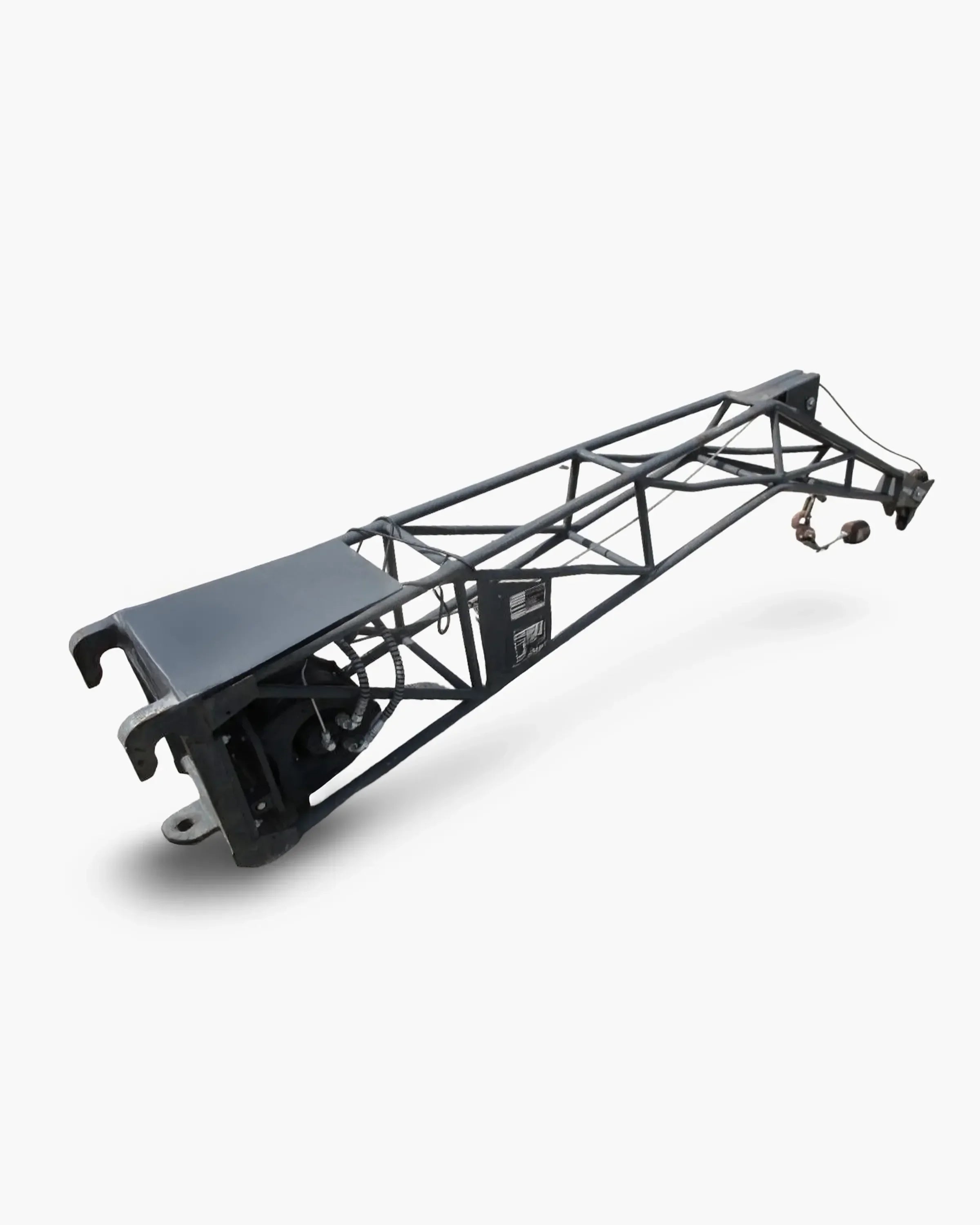
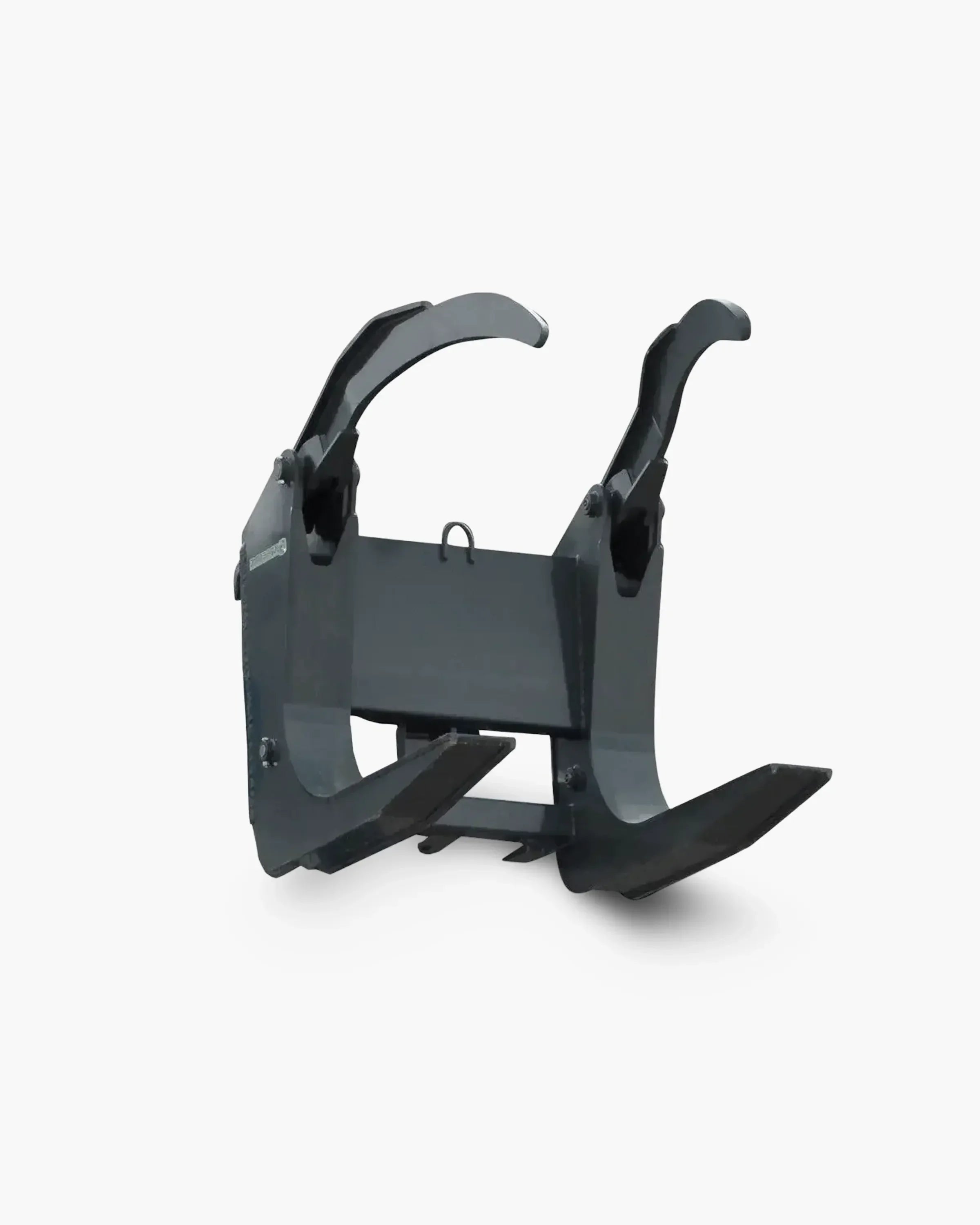
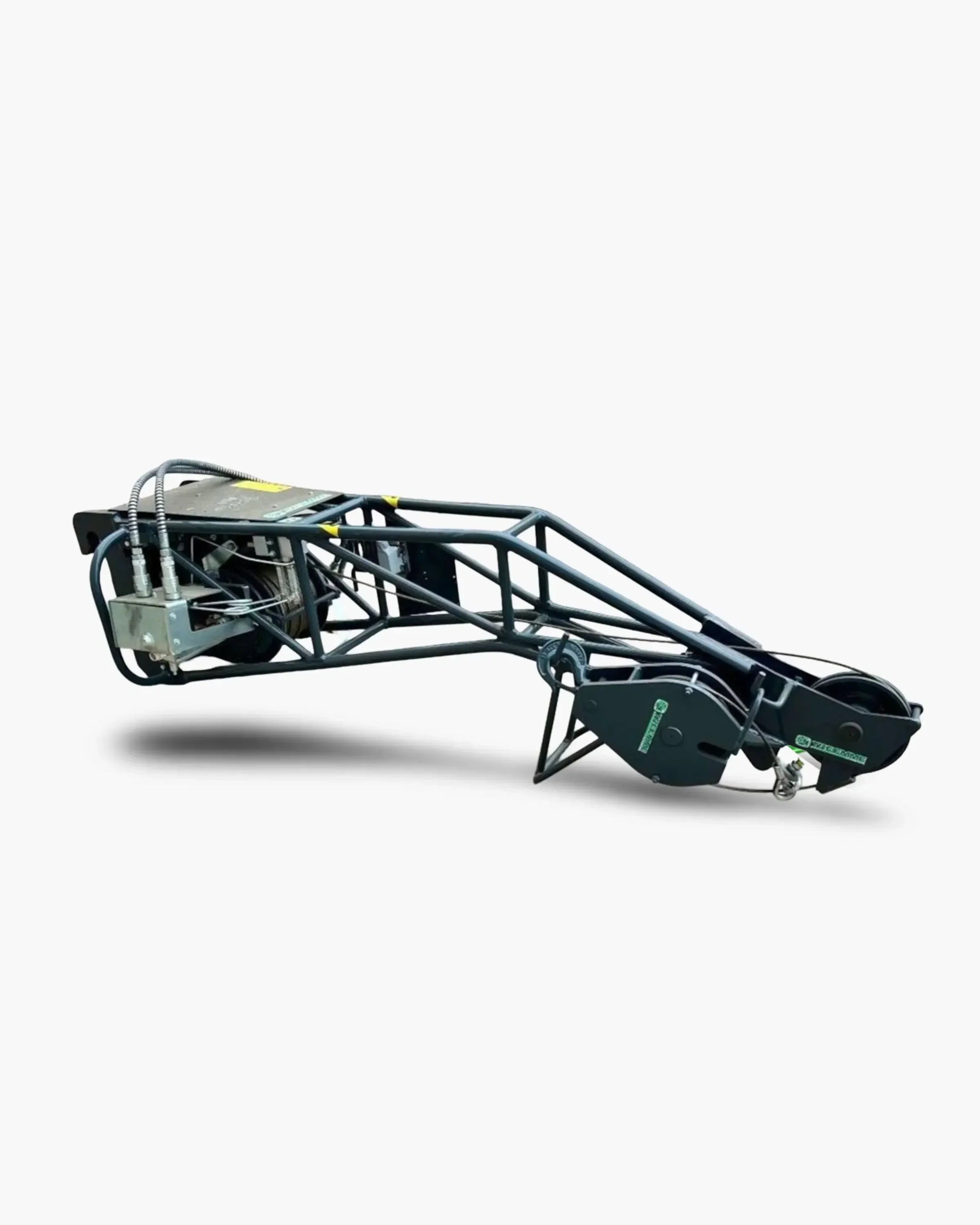

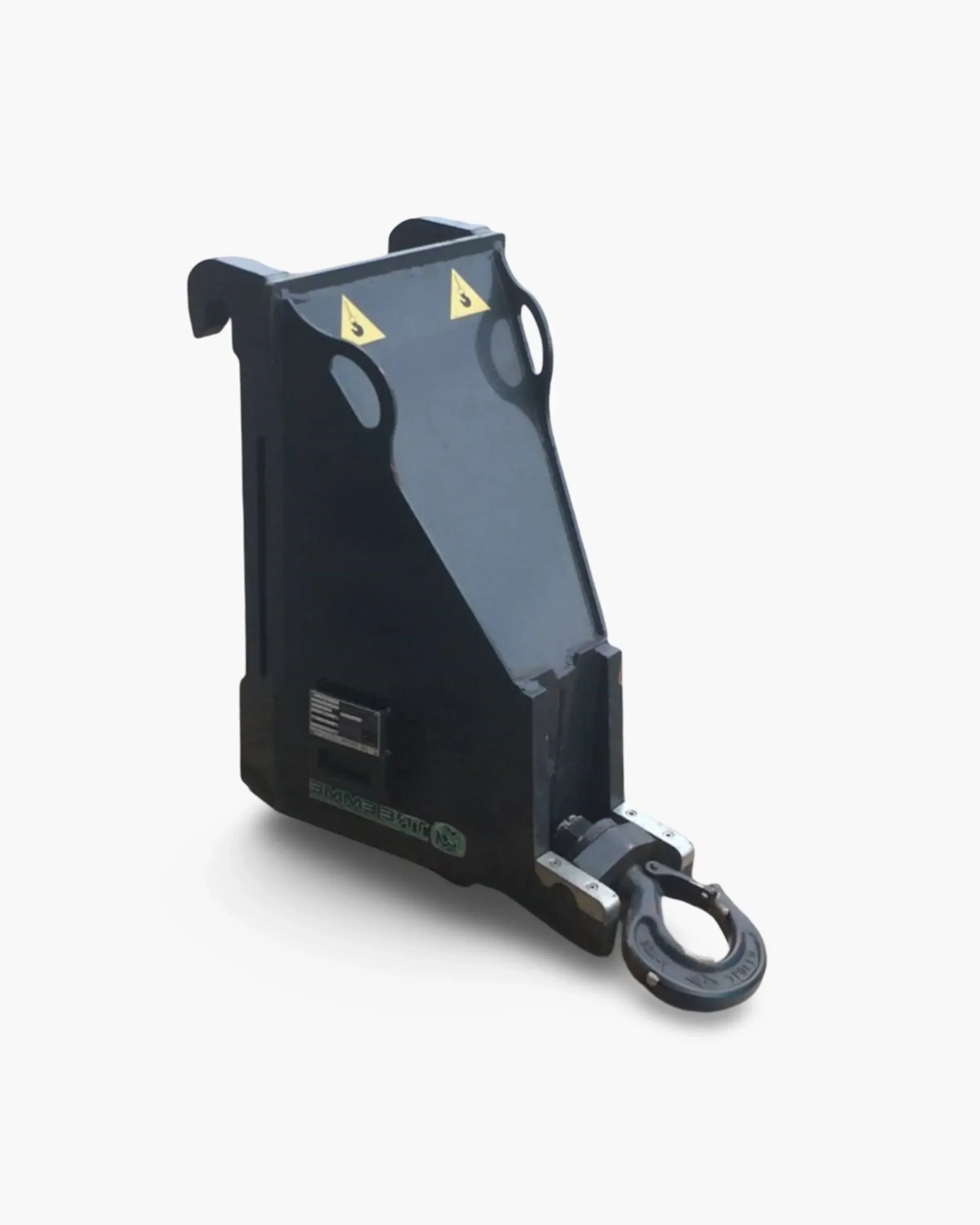
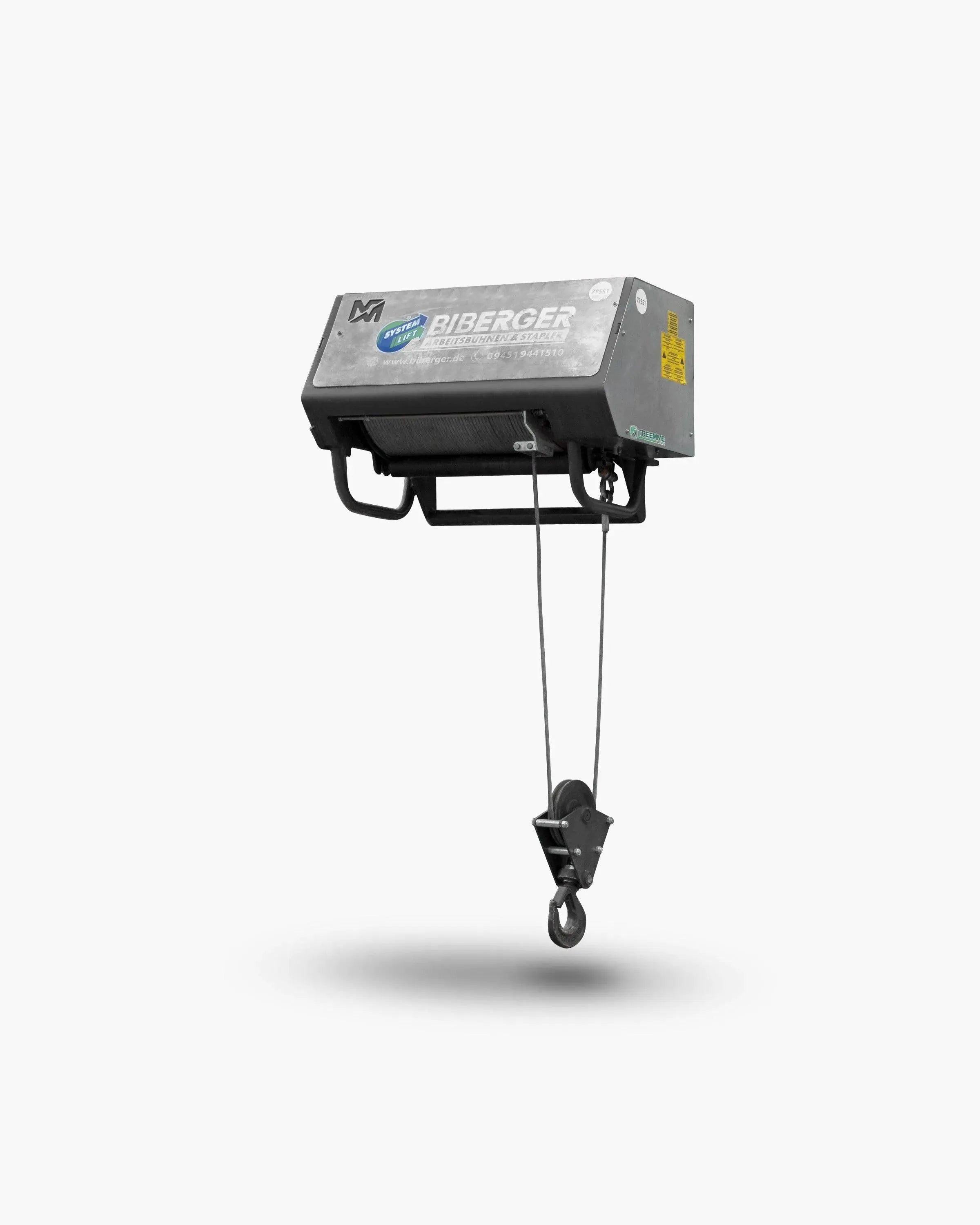
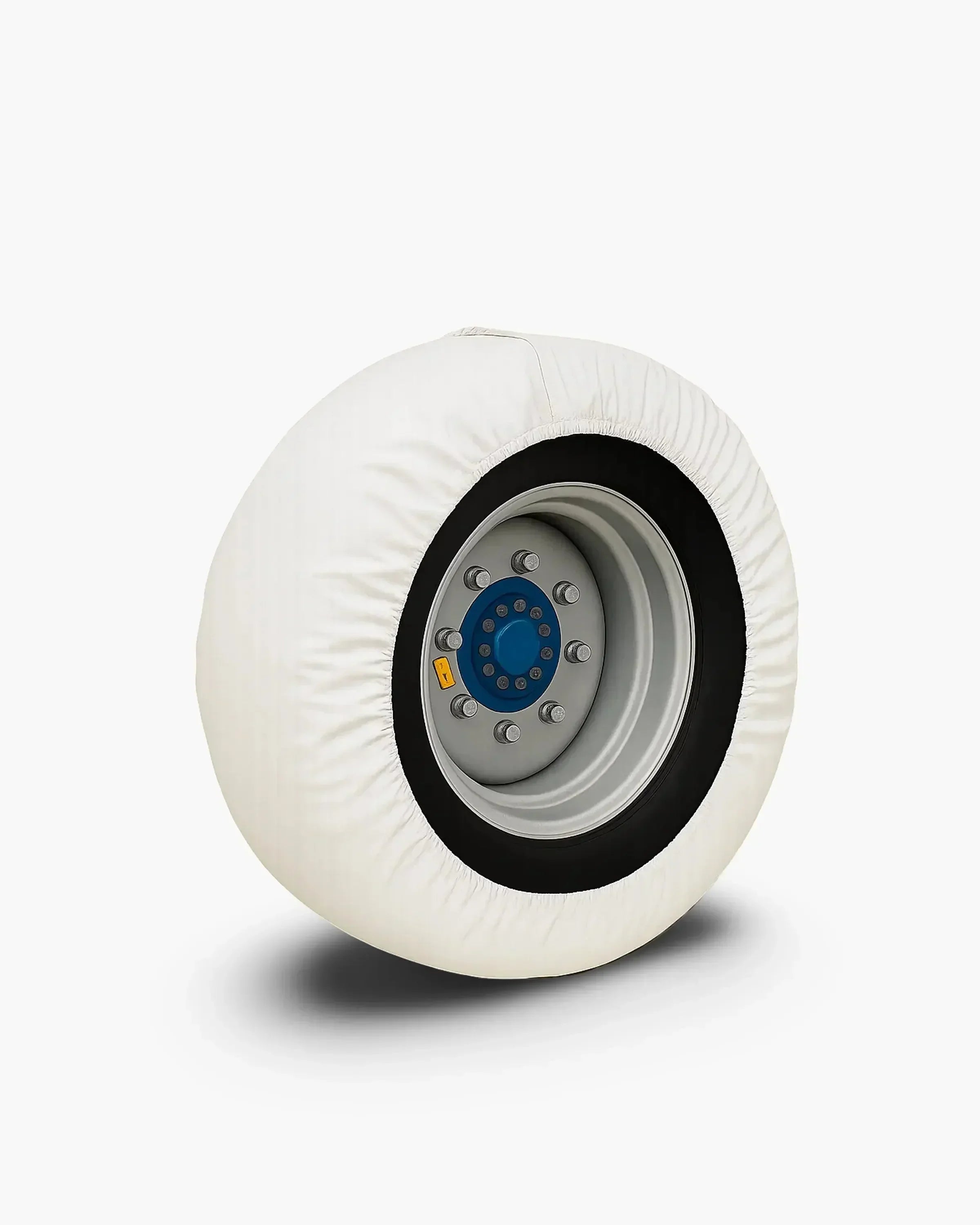


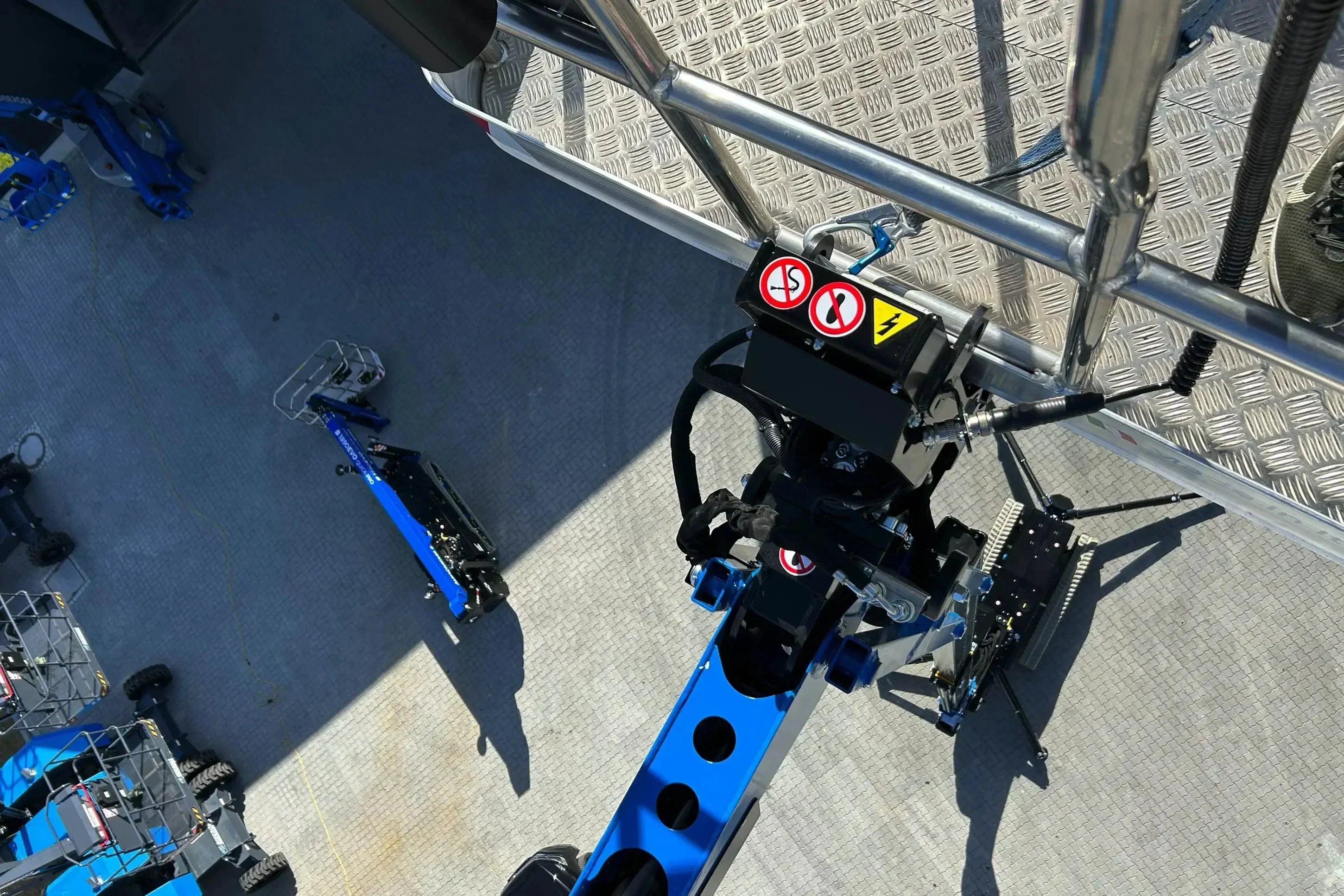

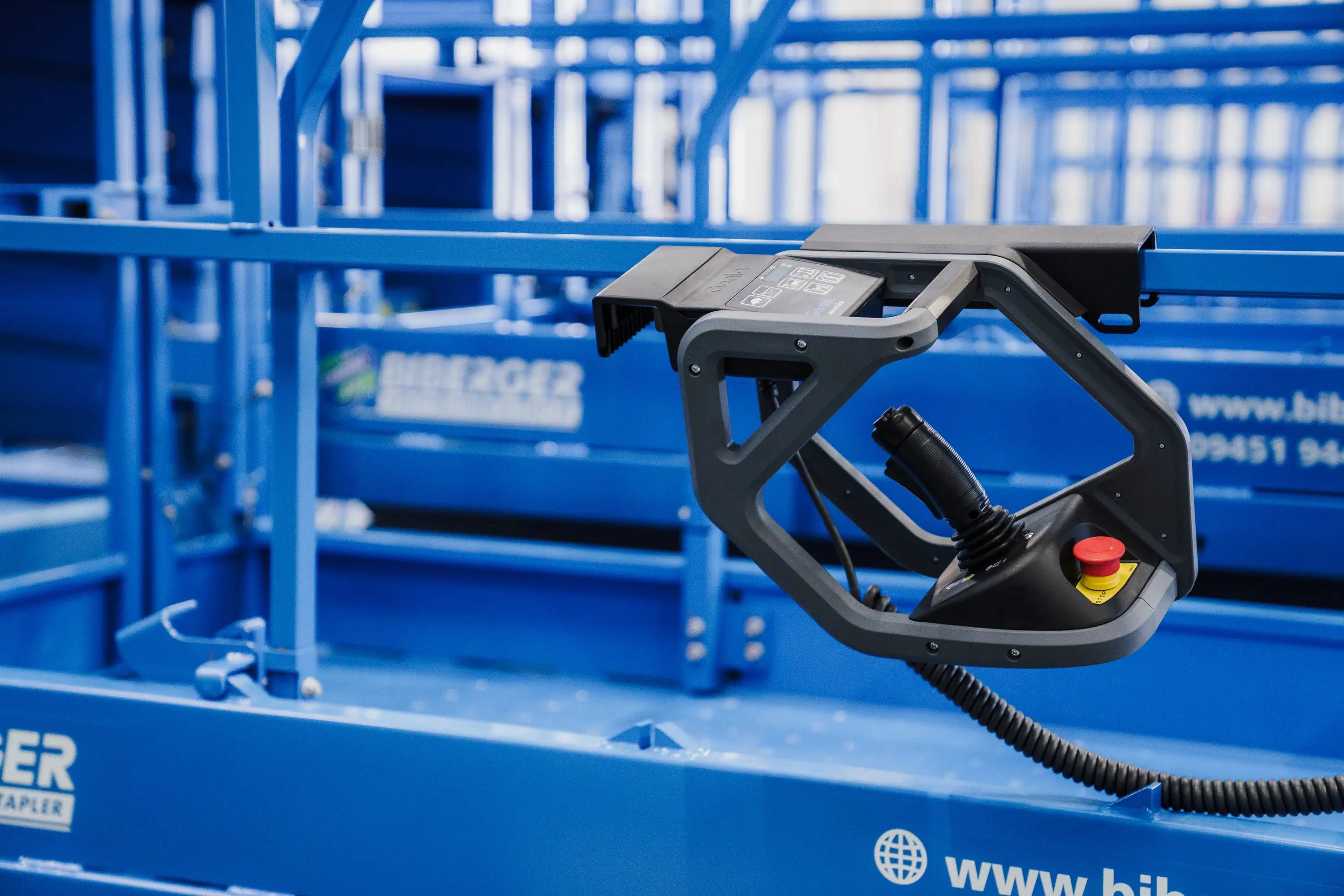
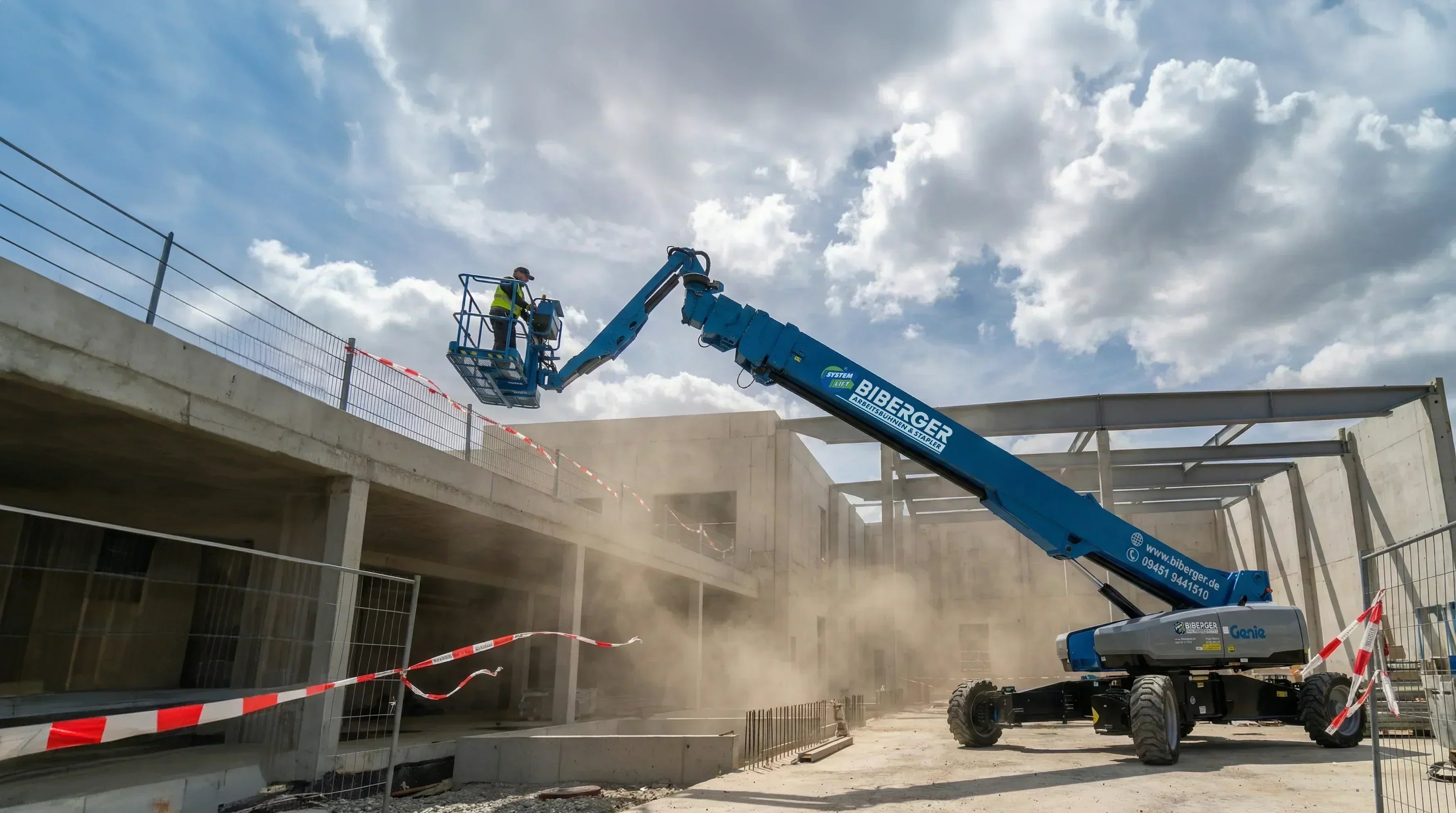
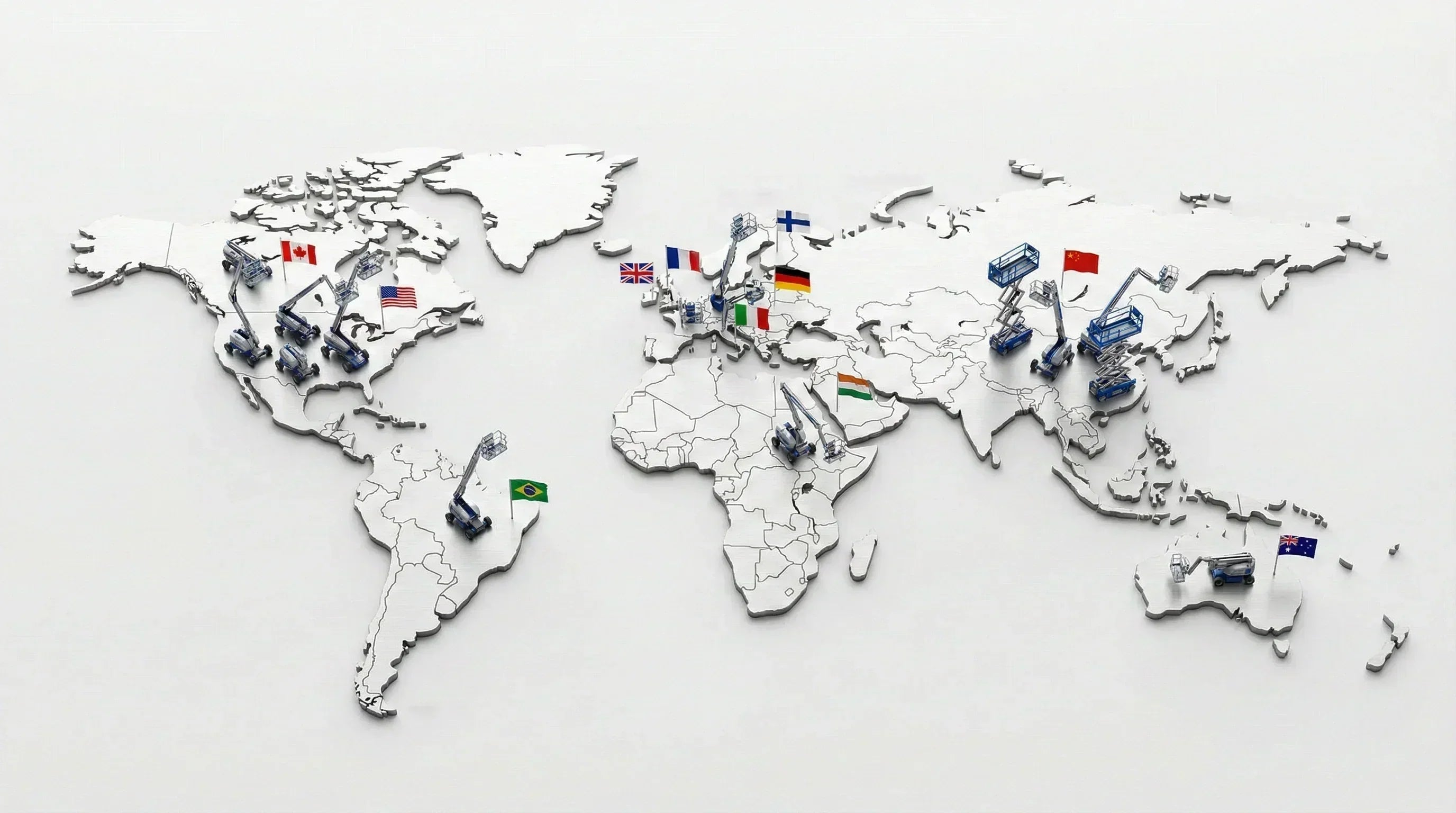
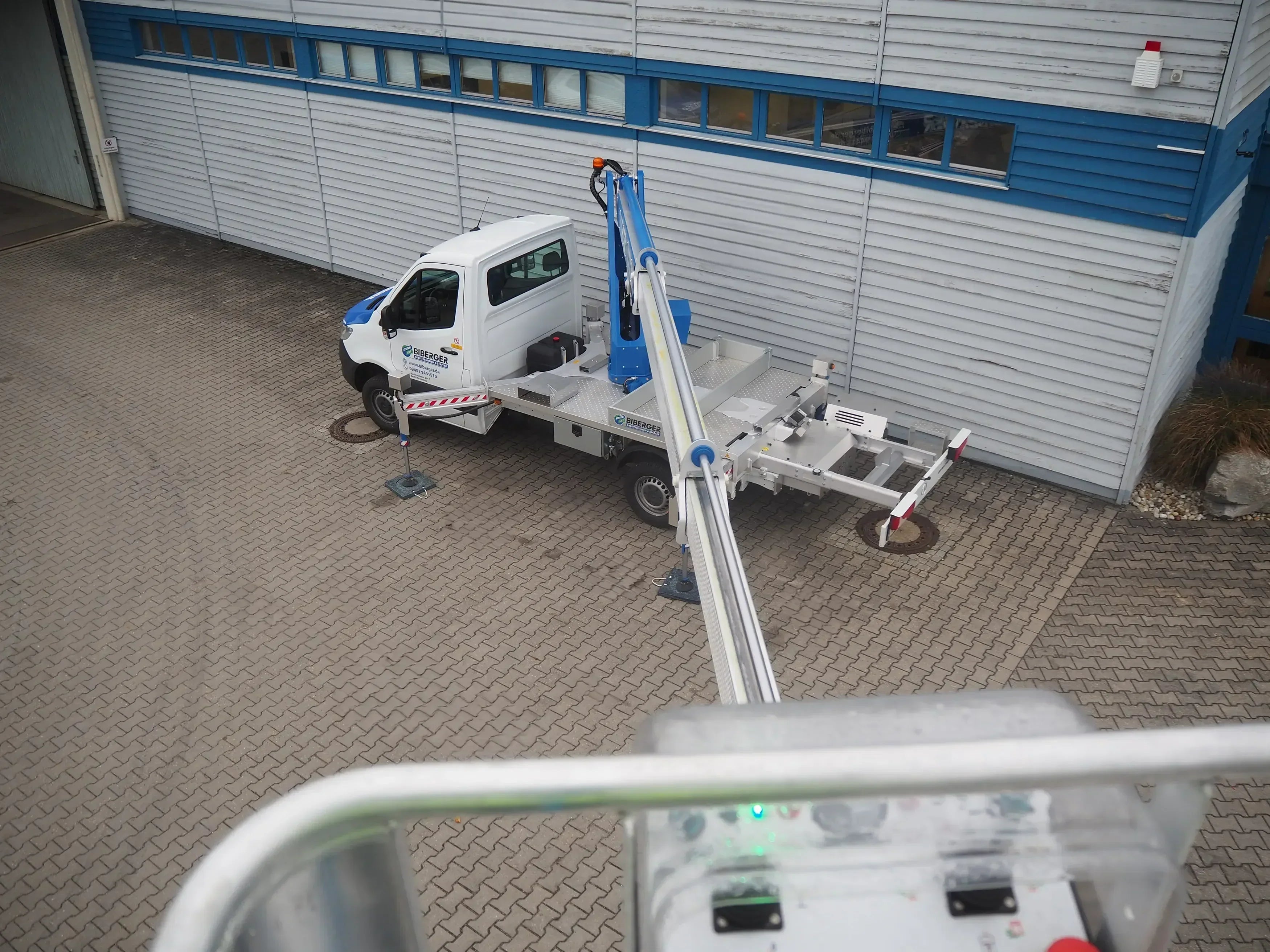
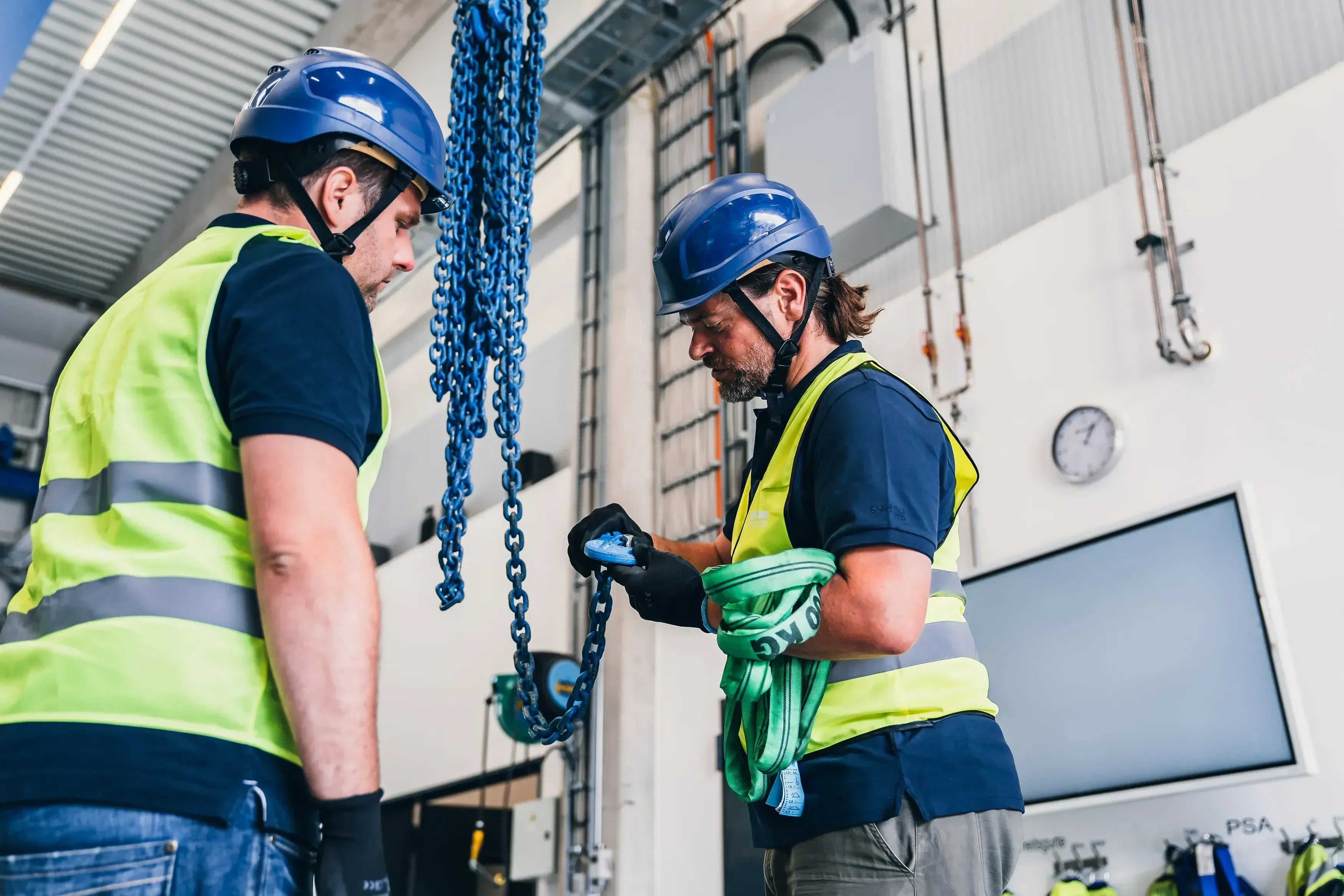
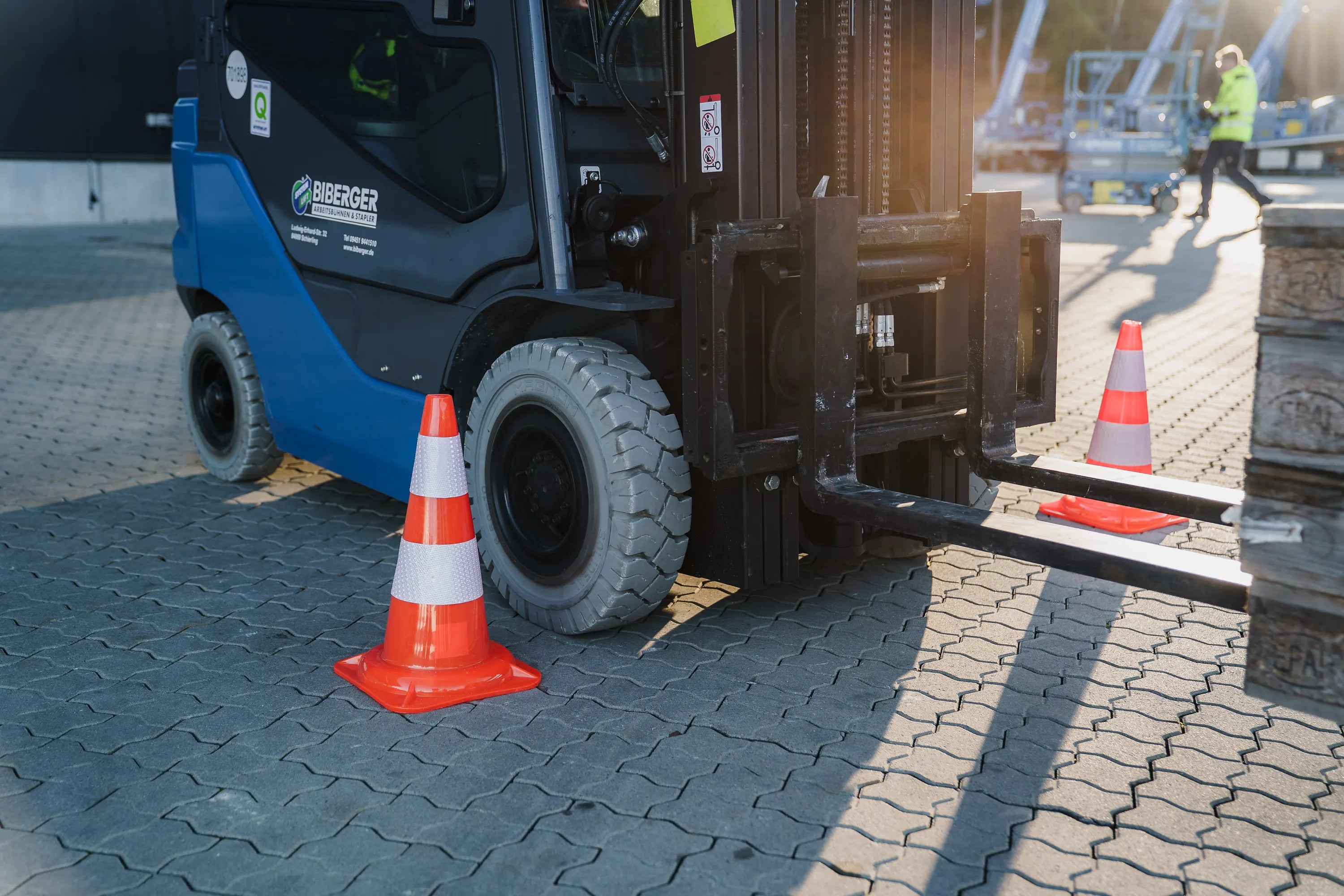
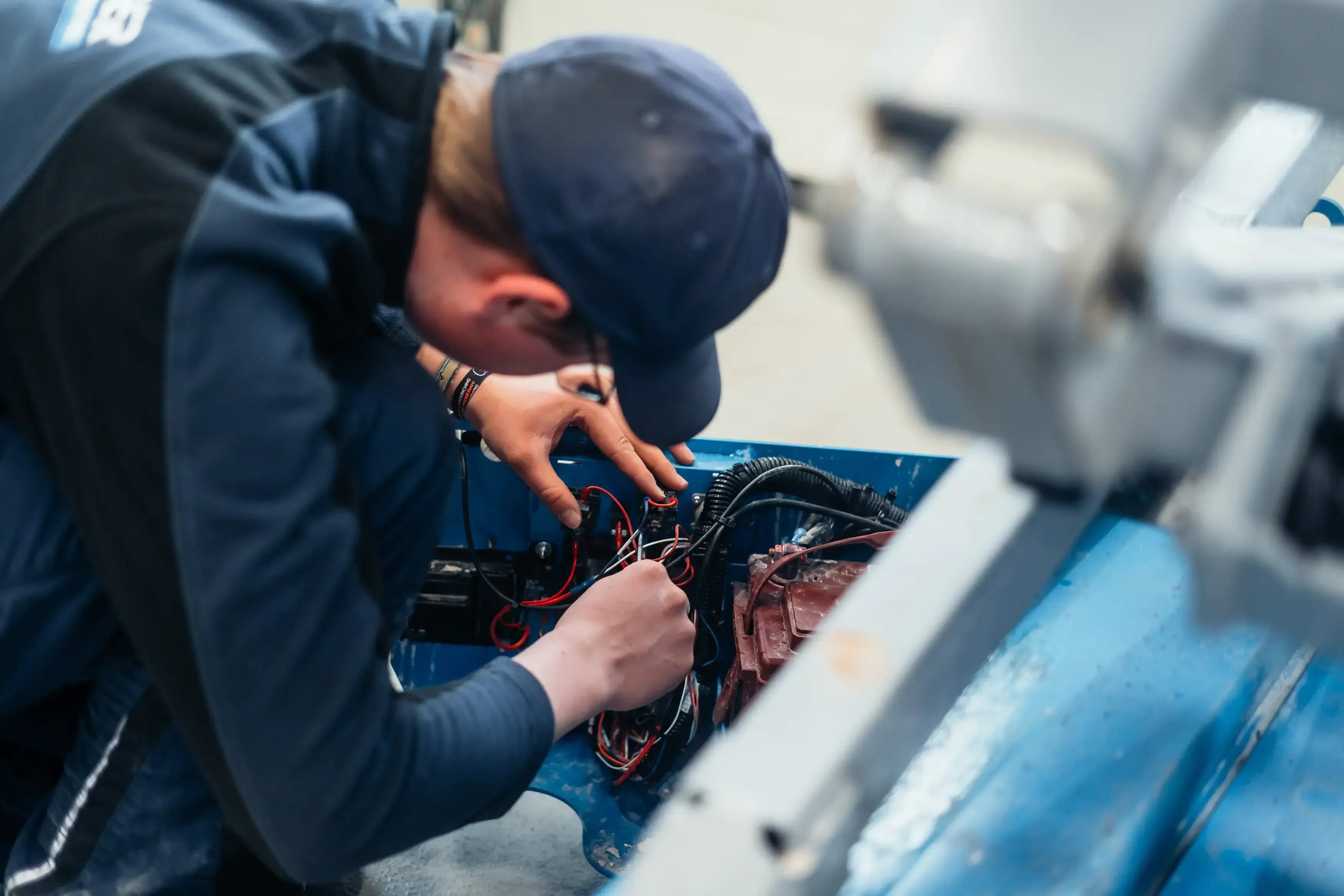
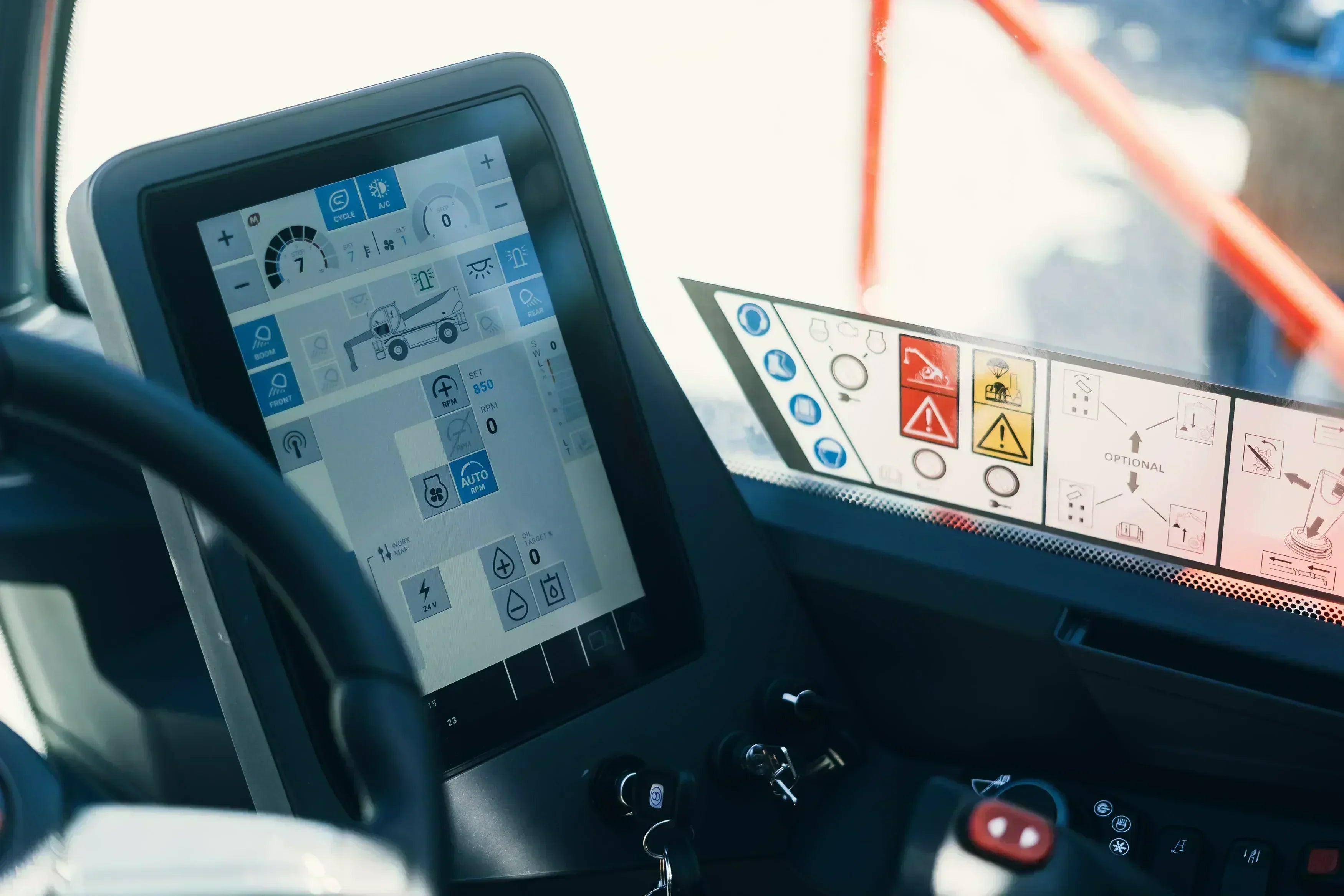






Share:
Two new Billennium B 1890 EVO QUICK-PRO in the rental park
Instruction vs. instruction: These are the differences
Our editorial quality standards
The subject content on biberger.de are editorially created, reviewed, and continuously updated. The basis is our daily work with aerial platforms, telehandlers, and industrial trucks – in rental, sales, operational planning, and technical support.
Each article draws on real-world experience and is editorially reviewed for clarity, accuracy, and practical relevance according to expert criteria. Technical statements are regularly compared against current industry standards and best practices.
The aim of our publications is to make reliable specialist knowledge accessible and to offer guidance to users, decision-makers and industry partners. BIBERGER sees itself as an independent information platform for safe, economical and modern height access technology – well-founded, comprehensible and free from advertising influence.